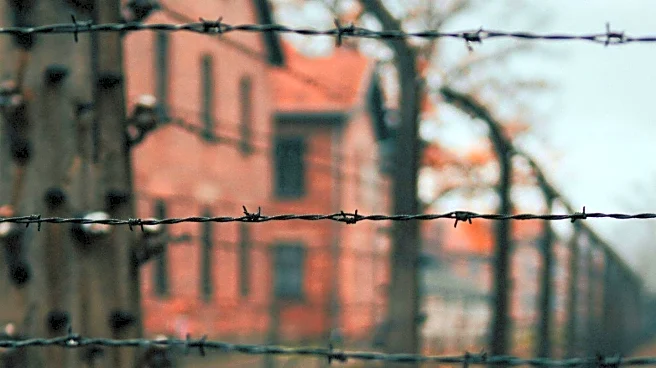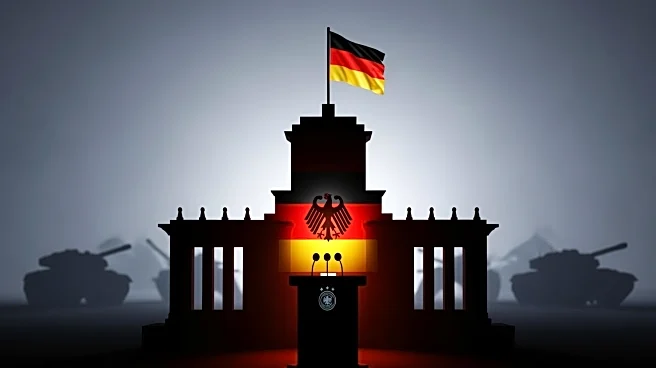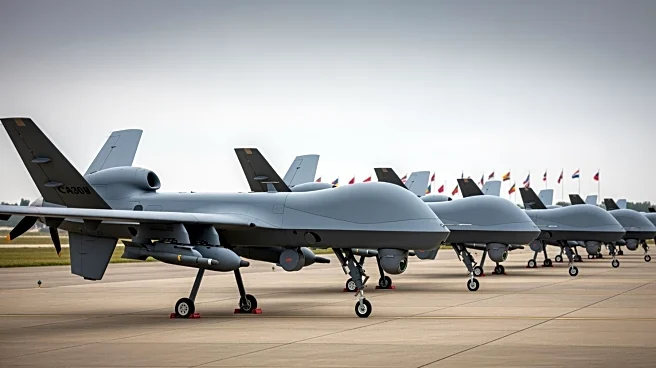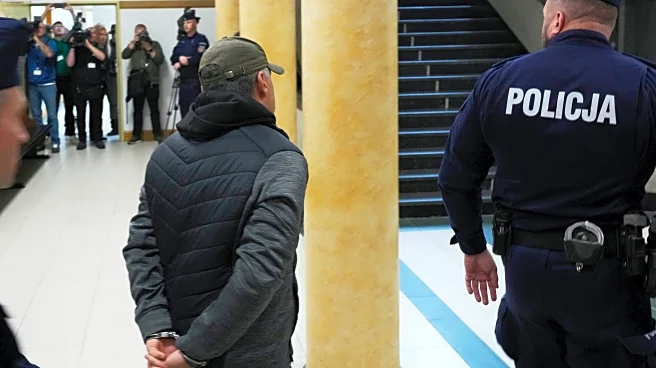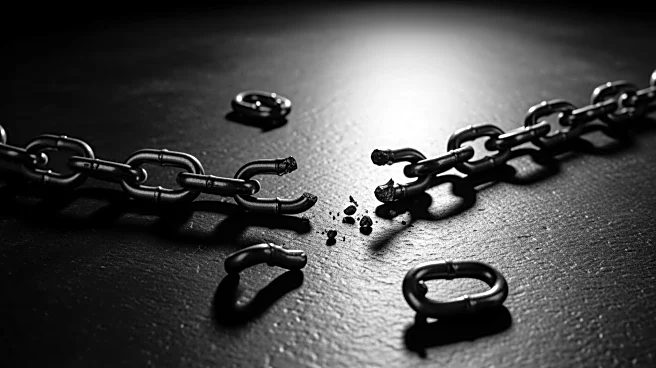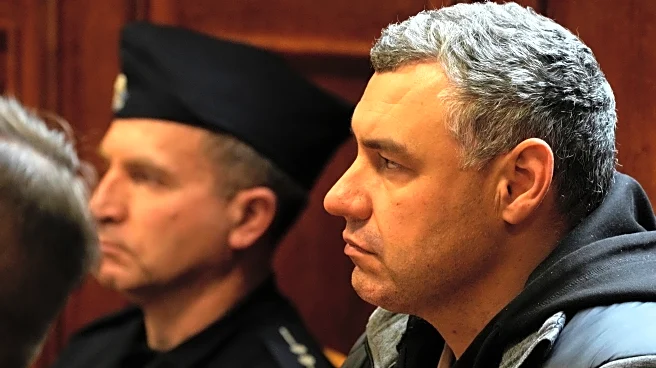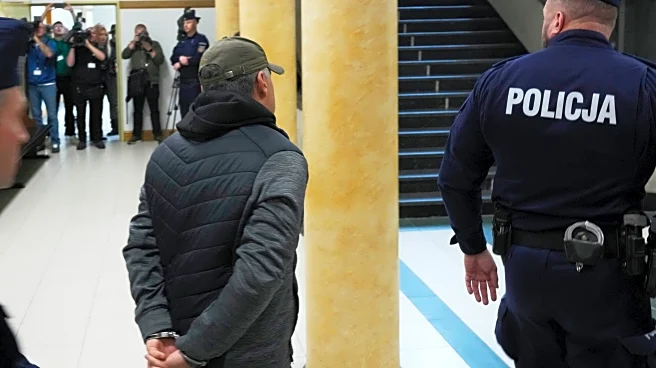What's Happening?
A German historian, Jürgen Matthäus, has successfully identified a Nazi executioner in a World War II photograph using artificial intelligence, historical records, and personal accounts. The photograph, taken in Ukraine, depicts a bespectacled Nazi soldier
aiming a pistol at a man kneeling before a mass grave, with other SS troops observing. The executioner has been identified as Jakobus Onnen, a teacher born in Germany in 1906, who joined the Nazi party in 1931. The massacre occurred on July 28, 1941, in Berdychiv, not Vinnitsa as previously thought, carried out by Einsatzgruppe C, tasked with eradicating Jews and partisans in the Soviet region. AI played a crucial role in analyzing the photograph, but Matthäus emphasizes that it is one tool among many, with the human factor remaining key.
Why It's Important?
The identification of Jakobus Onnen as the executioner in the photograph is significant for historical accuracy and justice. It highlights the potential of AI in historical research, offering a new method to uncover truths about past atrocities. This discovery contributes to the broader understanding of the Holocaust and the mechanisms of Nazi executions, emphasizing the direct confrontation between perpetrators and victims. It also underscores the importance of preserving historical records and utilizing technology to analyze them, potentially aiding in the identification of other unknown figures involved in historical crimes.
What's Next?
Jürgen Matthäus plans to continue his research to identify the victim in the photograph using Soviet-era records and possibly AI. This ongoing project aims to provide closure and recognition to the unnamed victim, further contributing to the historical record of Nazi atrocities. The use of AI in historical research may expand, offering new opportunities to solve other historical mysteries and identify unknown individuals involved in past events.
Beyond the Headlines
The use of AI in identifying historical figures raises ethical considerations about privacy and the accuracy of AI-driven conclusions. It also prompts discussions on the role of technology in preserving history and the potential for AI to reshape historical narratives. This development may influence how historians approach research, integrating technology with traditional methods to uncover hidden aspects of history.
